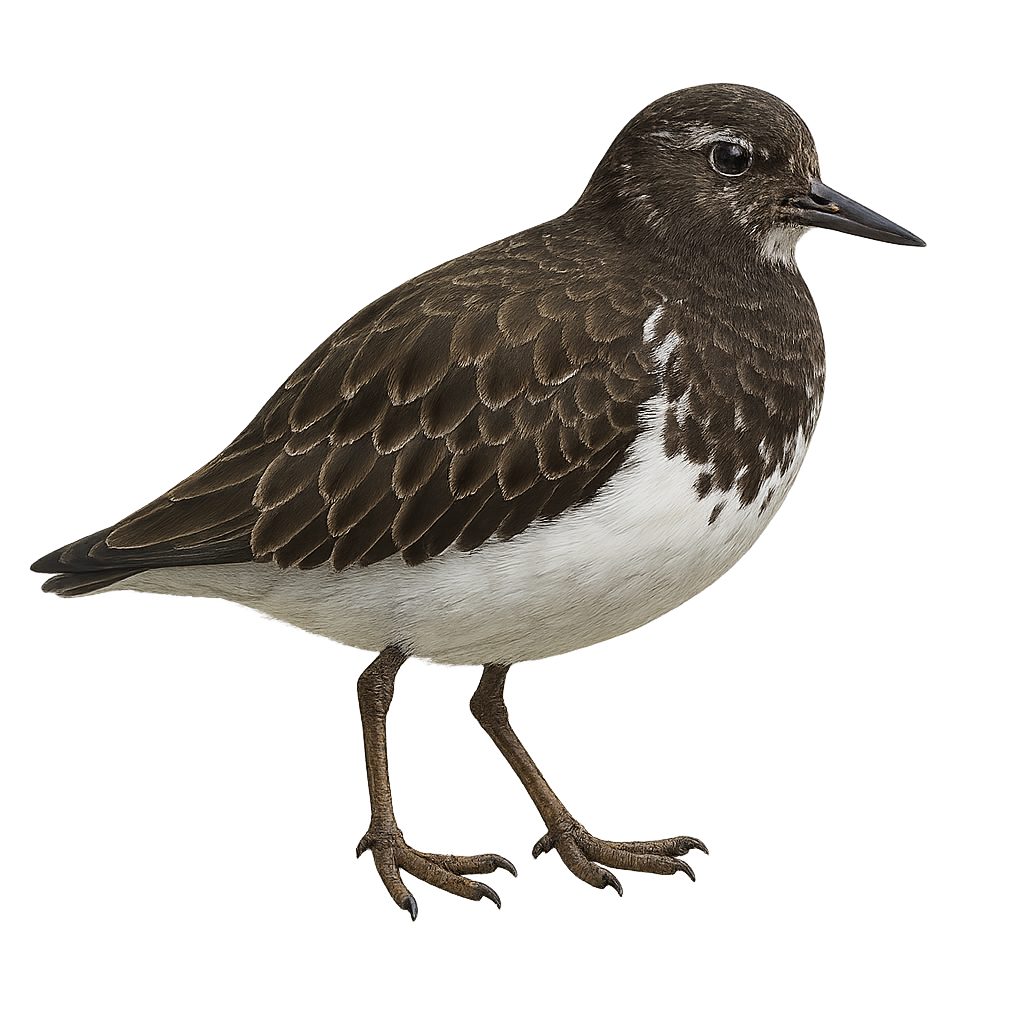Your wildlife photography guide.
Explore the black turnstone in detail, study its behavior, prepare your shots.
Where to observe and photograph the black turnstone in the wild
Learn where and when to spot the black turnstone in the wild, how to identify the species based on distinctive features, and what natural environments it inhabits. The WildlifePhotographer app offers tailored photography tips that reflect the black turnstone’s behavior, helping you capture better wildlife images. Explore the full species profile for key information including description, habitat, active periods, and approach techniques.
Black Turnstone
Scientific name: Arenaria melanocephala

IUCN Status: Least Concern
Family: SCOLOPACIDAE
Group: Birds
Sensitivity to human approach: Suspicious
Minimum approach distance: 10 m
Courtship display: June to July
Incubation: 21-24 jours
Hatchings: June to August
Habitat:
Rocky coasts, pebble beaches
Activity period :
Primarily active during the day, with peak activity in the morning and late afternoon.
Identification and description:
The Black Turnstone is a medium-sized shorebird, easily identified by its dark head contrasting with its lighter body. It primarily inhabits the rocky coasts of the North Pacific, from Alaska to California. Known for its active behavior, it flips stones and algae to find food, mainly marine invertebrates. Often seen in small groups, especially outside the breeding season, it is relatively tolerant of human presence but prefers less disturbed areas for feeding and resting. Its population is stable, though it remains vulnerable to coastal habitat disturbances.
Recommended lens:
400mm – adjust based on distance, desired framing (portrait or habitat), and approach conditions.
Photography tips:
To photograph the Black Turnstone, opt for mornings or late afternoons when the light is soft. Use a 400mm or longer telephoto lens to capture details without disturbing the bird. Wait near rocky coasts where it feeds, and be ready to adjust your position to follow its quick movements. A tripod can be helpful to stabilize your camera, especially if using a long focal length.
The WildlifePhotographer App is coming soon!
Be the first to explore the best nature spots, track rutting seasons, log your observations, and observe more wildlife.
Already 1 430 wildlife lovers subscribed worldwide

